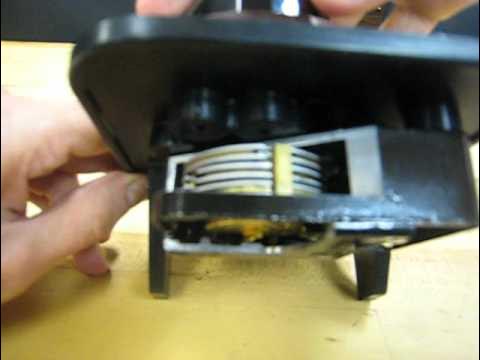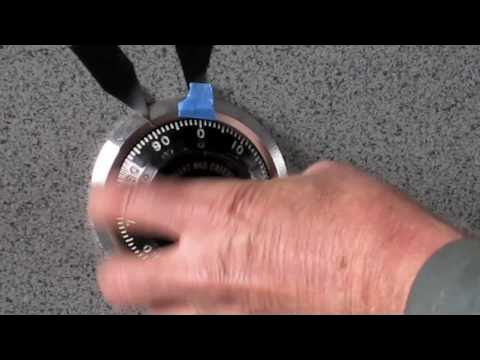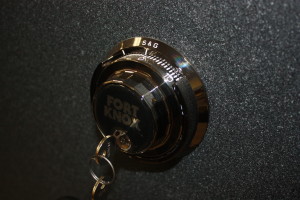D.B. Cooper
Member
- Joined
- Oct 2, 2016
- Messages
- 4,396
Given the recent fiasco over Liberty Safe company (and I'm not here to discuss that; there has already been one discussion of that event, and that thread has already been locked, so let's just leave it) I'm curious about lock technologies for obvious reasons.
It seems pretty clear to me that any electronic safe lock has the potential for having a secret back door code. Is it possible (or is it likely) that manufacturers have set secret combos on mechanical locks in a similar manner? In other words, can a mechanical lock have two unique combinations-on the company keeps for themselves and one the company gives to the customer?
Is it really an "industry standard" for safe manufacturers (whether that be gun safes or general fire safes or "RSC"-I guess they're all "RSC" type "safes.") to maintain a list of safe serial numbers and combinations? If so, how does one go about obliterating/removing the serial numbers from a safe (I only know of one tag on the back side of my safe, but there may be hidden serial numbers elsewhere.), or how does one go about changing the combination? (Is that a DIY or do you need a locksmith?)
After these recent revelations, it appears that only a mechnical lock mechanism can even be remotely considered "safe."
It seems pretty clear to me that any electronic safe lock has the potential for having a secret back door code. Is it possible (or is it likely) that manufacturers have set secret combos on mechanical locks in a similar manner? In other words, can a mechanical lock have two unique combinations-on the company keeps for themselves and one the company gives to the customer?
Is it really an "industry standard" for safe manufacturers (whether that be gun safes or general fire safes or "RSC"-I guess they're all "RSC" type "safes.") to maintain a list of safe serial numbers and combinations? If so, how does one go about obliterating/removing the serial numbers from a safe (I only know of one tag on the back side of my safe, but there may be hidden serial numbers elsewhere.), or how does one go about changing the combination? (Is that a DIY or do you need a locksmith?)
After these recent revelations, it appears that only a mechnical lock mechanism can even be remotely considered "safe."




